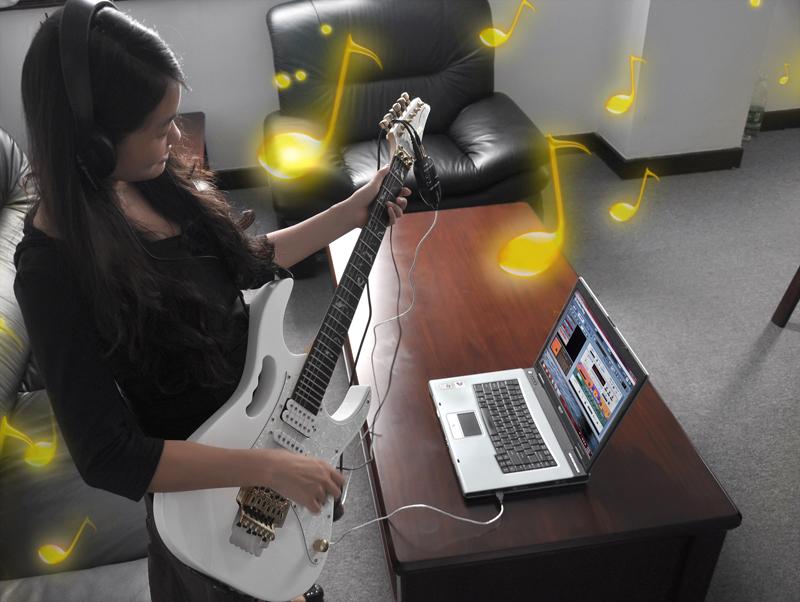

While this is adequate for most music production tasks and recording limited numbers of mics or instruments, if you want to record full bands or drum kits, for example, you’ll need to opt for an interface like the Focusrite Scarlett 18i20 which has a more extensive i/o setup. Inputs & Outputsīefore you commit to a specific Mac computer or Macbook Pro audio interface, it’s a good idea to figure out exactly how many inputs and outputs you’ll need to satisfy your recording and monitoring needs.Īffordable audio interfaces for Mac such as the MOTU M4 4×4 USB-C Audio Interface and Focusrite Scarlett 2i2 3rd Gen USB Audio Interface will likely include two or four inputs and outputs. It can also improve the performance of older Firewire audio interfaces, which can often be connected via an adaptor. The third and final connection type that Mac audio interfaces use is Thunderbolt like the MOTU 1248 32×34 Thunderbolt and the PreSonus Quantum 26/32 Thunderbolt 2 Audio Interface.Ĭlosely associated with Apple devices, Thunderbolt 2 is known to improve the sonic performance of audio interfaces and minimize latency effectively. Due to the reliability of Firewire, it is commonly used in larger, professional recording studios. This connection type commonly boasts lower latency than USB, because it processes data with improved stability. However, a USB audio interface for Mac can fall victim to latency especially when used with less powerful Mac devices.įirewire is commonly included on Mac computers or Macbooks. This type of connection is fairly reliable, and one of its most prominent advantages is that it increases the amount of current that can be delegated to bus-powered hardware devices. Most modern audio interfaces for Mac like the RME Fireface UFX+ that are USB compatible will use USB 3.0. USB, Firewire, and Thunderbolt each have different advantages and drawbacks, so it’s important to have an idea of how they affect the performance of the device. Mac users have three main connectivity options when choosing their audio interface. It’s important to establish your needs before purchasing an audio interface so that you can use it to carry out all of the tasks you require without needing to reinvest as your home studio expands in the future. No matter how good your microphones, instruments, cables, and other equipment are, they will not perform to their fullest potential without being paired with a capable interface.Ĭost is not always indicative of quality when discussing these vital recording devices. The importance of choosing the best audio interface for Mac recording setups can’t be overstated.


Contents Audio Interface for Mac Buyer’s Guide


 0 kommentar(er)
0 kommentar(er)
